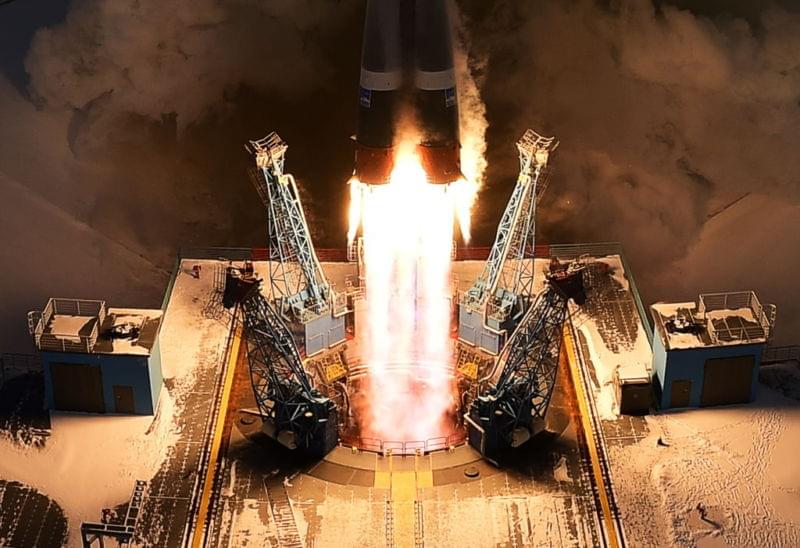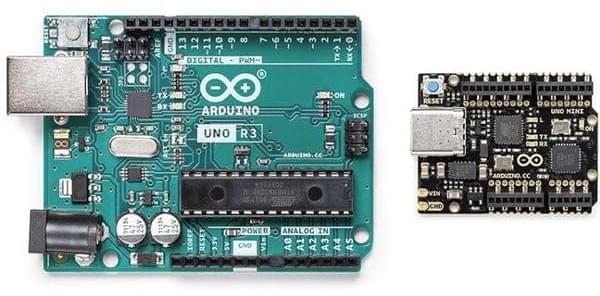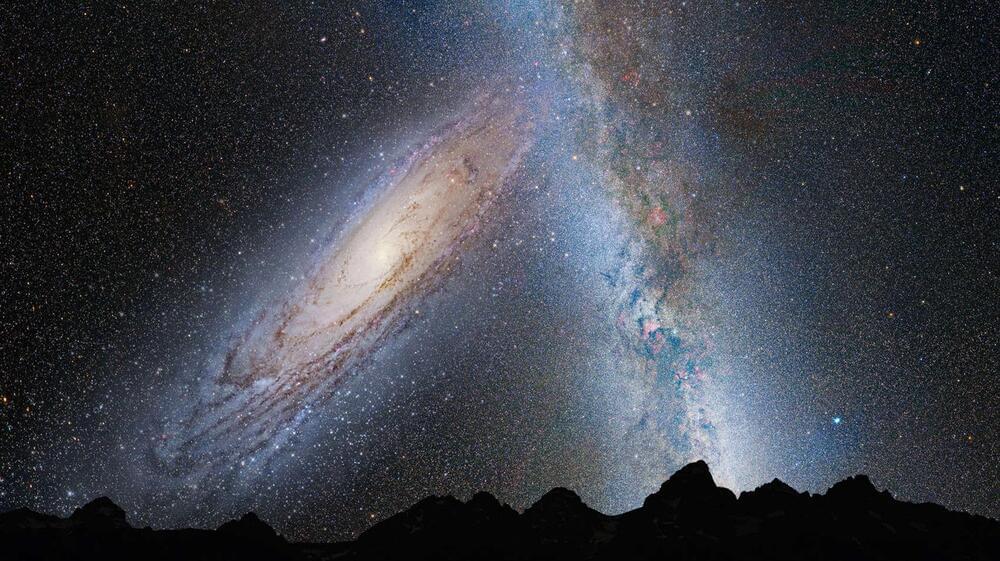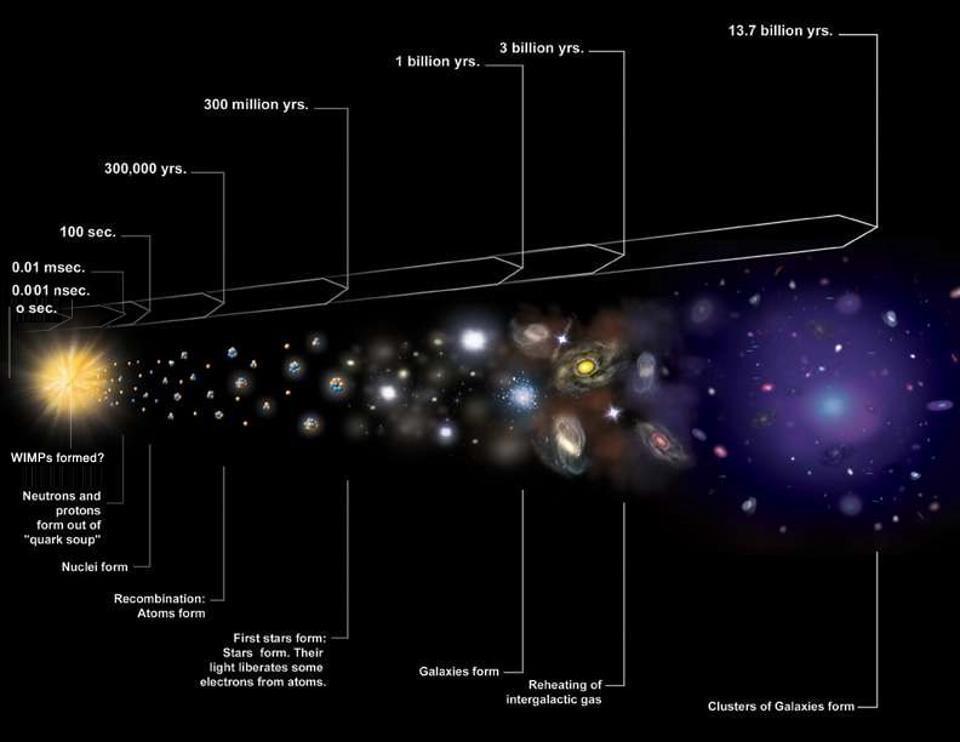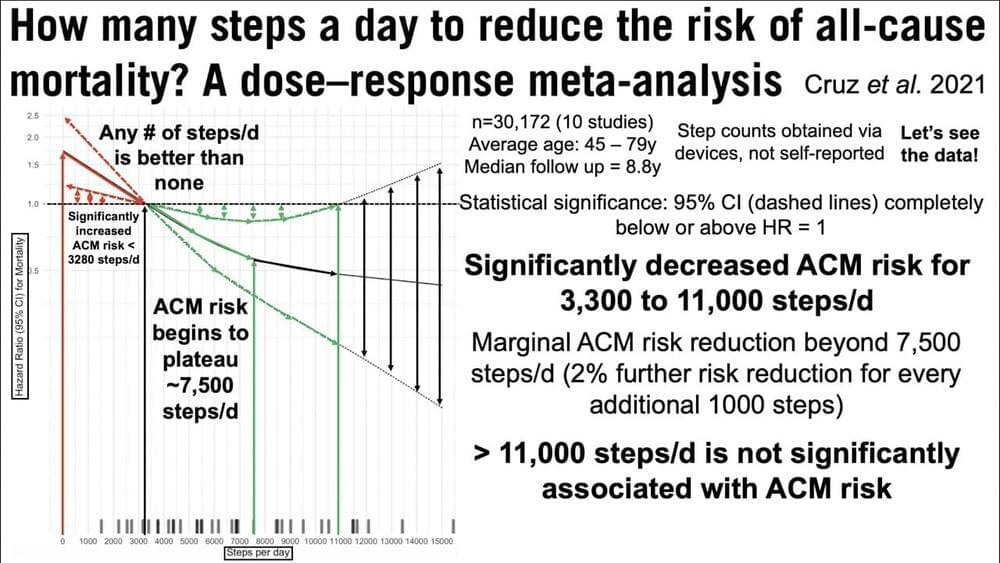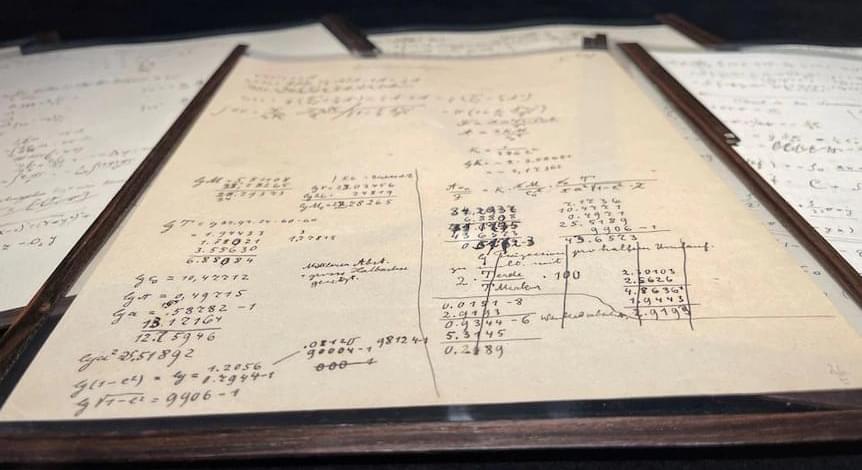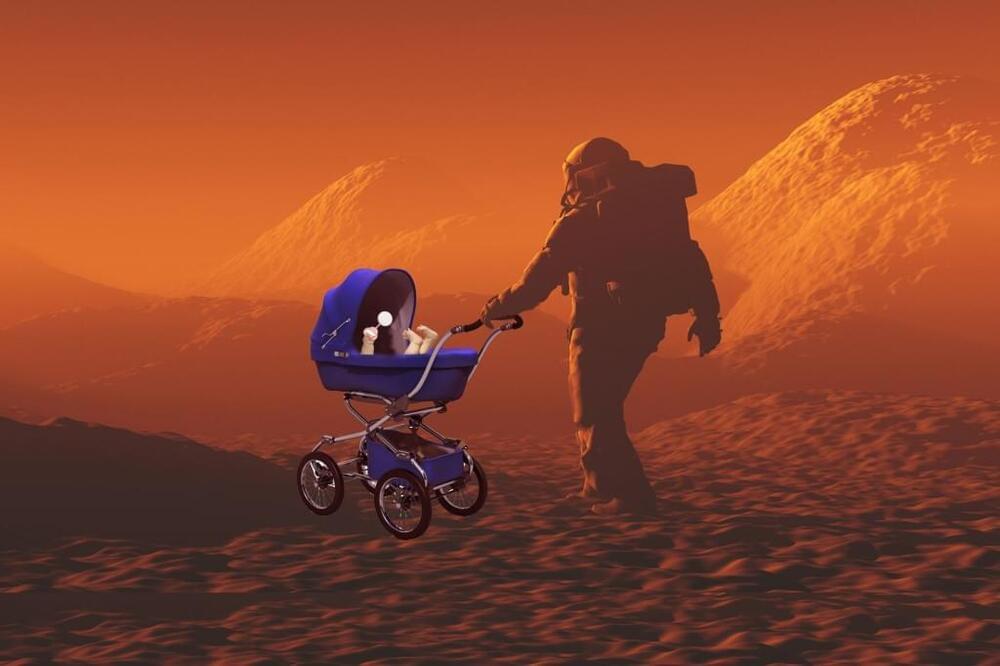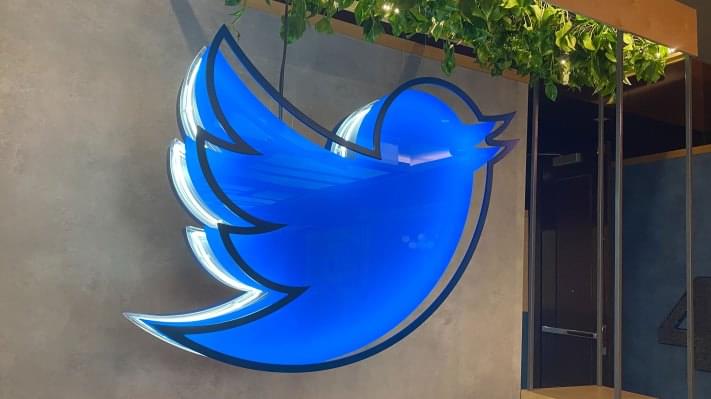Roscosmos launched a new docking node module to the International Space Station (ISS) on Wednesday, November 24 at 13:06 UTC / 8:06 am EST.
Launching from the Baikonur Cosmodrome in Kazakhstan, the module will add additional docking ports to the Russian Segment of the station to provide options for future expansion but is the final Russian model planned for the outpost.
Background
The original design for the Russian Segment of the ISS called for a Universal Docking Module (UDM) to expand the Russian Segment’s available docking ports for the addition of future modules. This module was canceled early in the ISS program due to budget issues.
